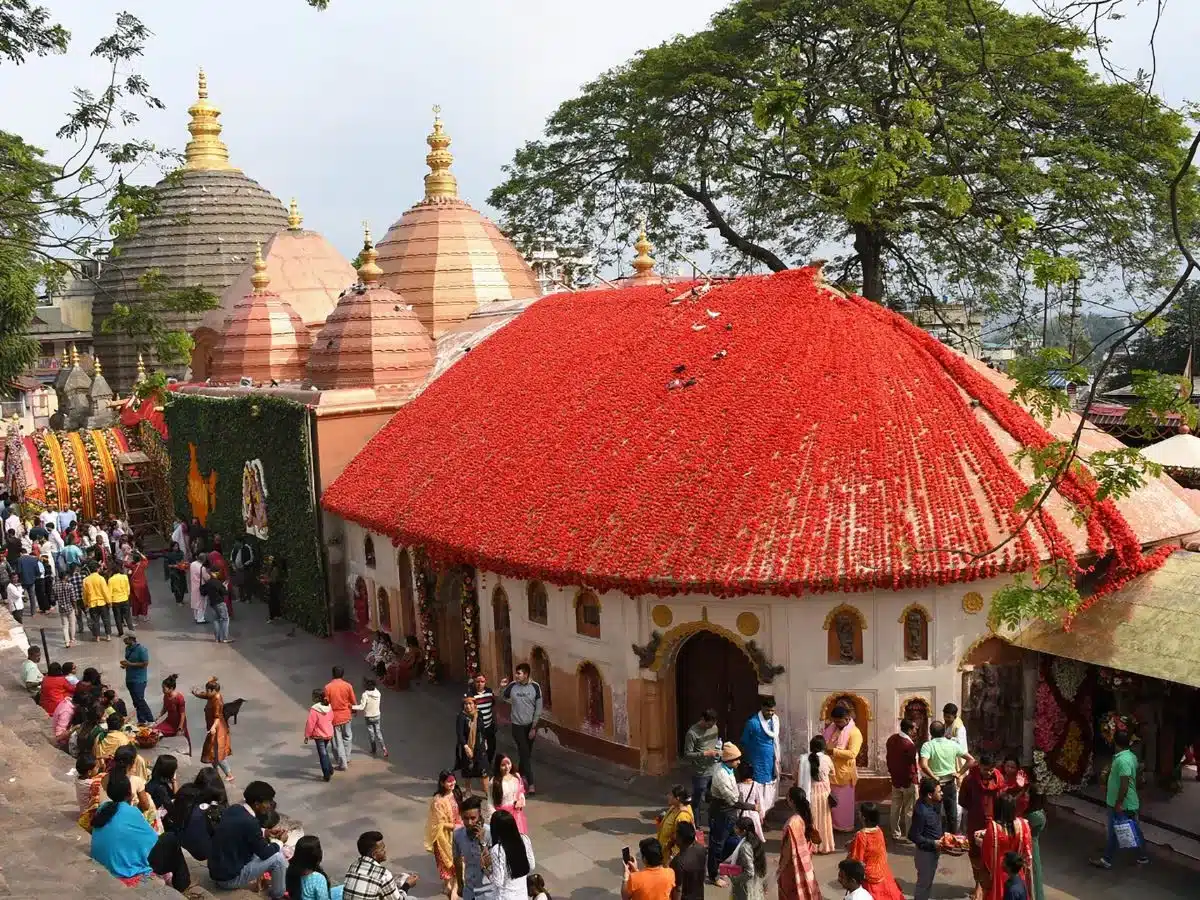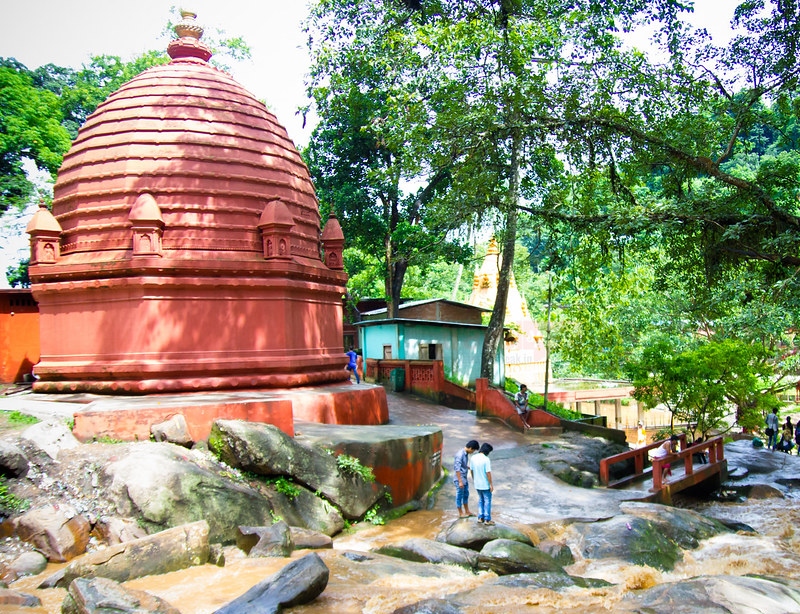Barpeta Satra Kirtanghar
A Spiritual Hub of Assam
Barpeta Satra Kirtanghar, often referred to as the "Monastery of Barpeta," is a sacred and culturally significant religious institution located in the town of Barpeta, Assam. Founded by the revered saint and reformer, Srimanta Madhabdev in the 16th century, the Barpeta Satra is a vital center of the Vaishnavite faith, which was popularized by Srimanta Sankardev, Madhabdev's spiritual guide. The Kirtanghar, also known as the "Namghar" or prayer hall, is the heart of this Satra and has been a beacon of Assamese culture, spirituality, and devotion for centuries.

Historical Significance
The origins of the Barpeta Satra date back to 1583, when Srimanta Madhabdev, after being sent by Srimanta Sankardev, established the Satra to propagate the Ekasarana Dharma, a monotheistic Vaishnavite belief system. Barpeta Satra became a spiritual and cultural hub under Madhabdev’s leadership, where he composed several devotional songs (Borgeets), literary works, and played a pivotal role in developing the 'Bhakti Movement' in Assam.

The Kirtanghar, the main prayer hall, is an architectural marvel that has become the centerpiece of religious activities. It was built to facilitate congregational prayers, singing of hymns, and the performance of religious dramas called 'Ankiya Naat.' These religious performances play an integral role in teaching moral values and spreading the message of devotion to Lord Krishna.
Architectural Marvel
The Kirtanghar is designed with a simple yet elegant architectural style, reflecting the humility and devotional values of the Vaishnavite tradition. The structure, made of locally sourced materials like wood, bamboo, and clay, is designed to accommodate large congregations for devotional singing and prayers. The main hall is adorned with idols and sacred artifacts associated with the teachings of Madhabdev and Sankardev.

The sanctum is surrounded by large open spaces where the devotees gather to sing hymns (Borgeets) in unison. The prayer hall features wooden pillars that support the sloping roof, and it has a spacious layout that allows sound to reverberate during the singing of devotional songs. This is significant, as the Kirtanghar serves as a place where devotees collectively engage in ‘Naam-Kirtan’ (devotional chanting), creating a spiritual atmosphere that fills the surroundings with peace and serenity.
Religious Practices and Festivals
Barpeta Satra is renowned for its religious and cultural activities, which are centered around the Kirtanghar. The daily rituals, such as the chanting of ‘Nam-Prasanga’ (devotional songs) and the recitation of the Bhagavad Gita and other Vaishnavite scriptures, are integral to the religious practices followed here.

The Satra also serves as a venue for various festivals that attract pilgrims and tourists from across Assam and beyond. One of the most important festivals celebrated at the Barpeta Satra is Doul Utsav (Holi). During this festival, the Kirtanghar becomes a vibrant place of devotion and celebration, with devotees singing and dancing in honor of Lord Krishna. The festival highlights the spirit of togetherness and devotion, with the Kirtanghar at the center of the festivities.

Another significant festival is Raas Mahotsav, a festival that reenacts the Ras Leela of Lord Krishna, where his divine play with the Gopis is performed in the form of dances and songs. This festival is a unique representation of Assam's cultural fusion of art and spirituality.

Social and Cultural Contributions
Barpeta Satra is not only a religious center but also a key institution in preserving Assamese culture and heritage. The Satra has played a significant role in maintaining the traditional art forms of Assam, including music, dance, and drama. Through its Ankiya Naat and Bhaona (religious plays), the Satra continues to teach moral values and spread the message of love and devotion to the younger generation.

The Satra is also a hub for learning, where traditional education in Vaishnavite philosophy, music, and literature is imparted to the disciples. This has helped to sustain the rich spiritual legacy of Srimanta Madhabdev and Srimanta Sankardev for centuries.
Visiting Barpeta Satra
Located in the town of Barpeta, about 100 kilometers from Guwahati, Barpeta Satra is easily accessible by road. Visitors to the Satra are welcomed with the warmth and simplicity that is characteristic of Assam’s spiritual traditions. The peaceful ambiance, coupled with the rhythmic sounds of Borgeets, makes a visit to the Barpeta Satra a spiritually enriching experience.

Tourists can explore the sacred precincts of the Satra, witness the daily rituals at the Kirtanghar, and immerse themselves in the Vaishnavite way of life. For those interested in Assamese culture, history, and spirituality, Barpeta Satra offers a glimpse into Assam’s deep-rooted religious traditions and cultural vibrancy.
Conclusion
Barpeta Satra Kirtanghar is not just a religious site; it is a living monument of Assam’s spiritual and cultural heritage. It stands as a testimony to the efforts of Srimanta Madhabdev and Srimanta Sankardev in shaping the religious landscape of Assam. Through its devotional practices, festivals, and cultural activities, Barpeta Satra continues to inspire and unite people in the spirit of faith, love, and devotion. A visit to this sacred place is a journey into the heart of Assam’s religious and cultural ethos.












